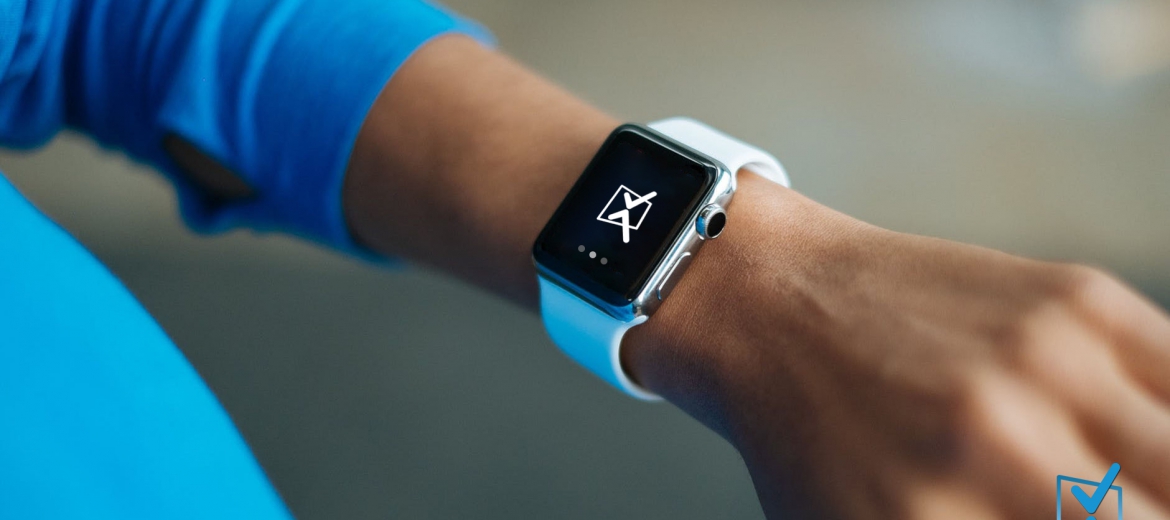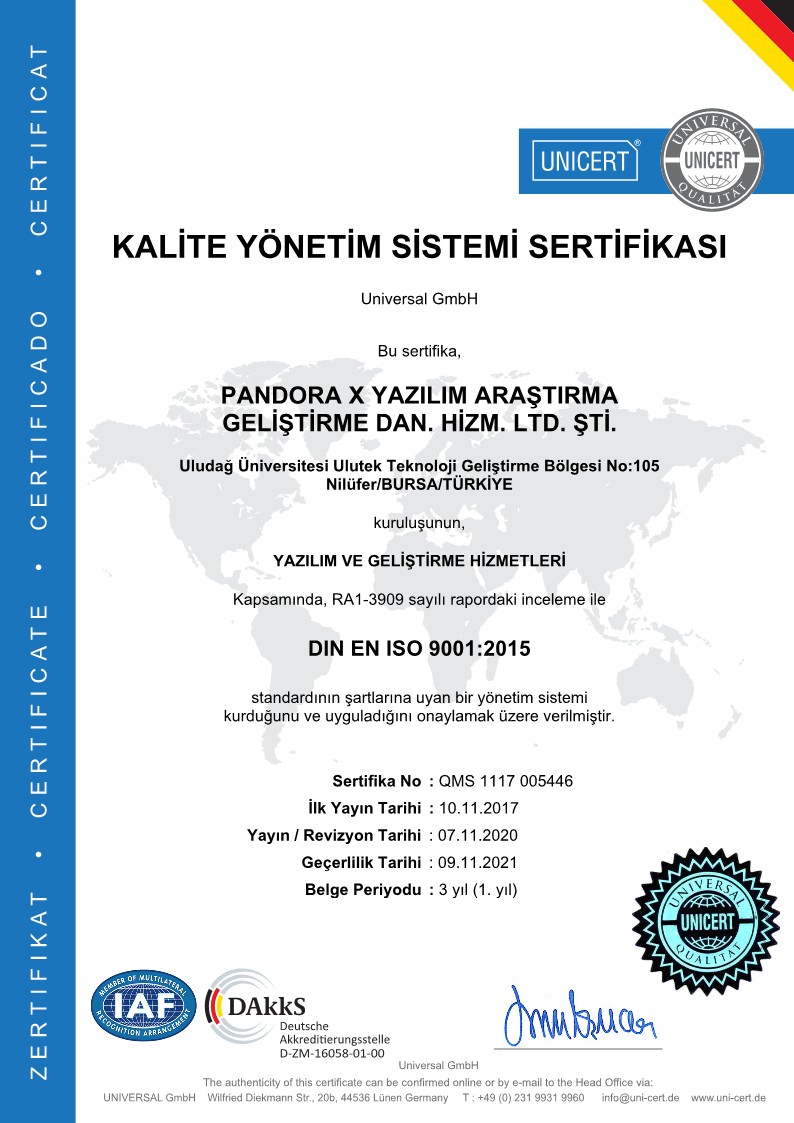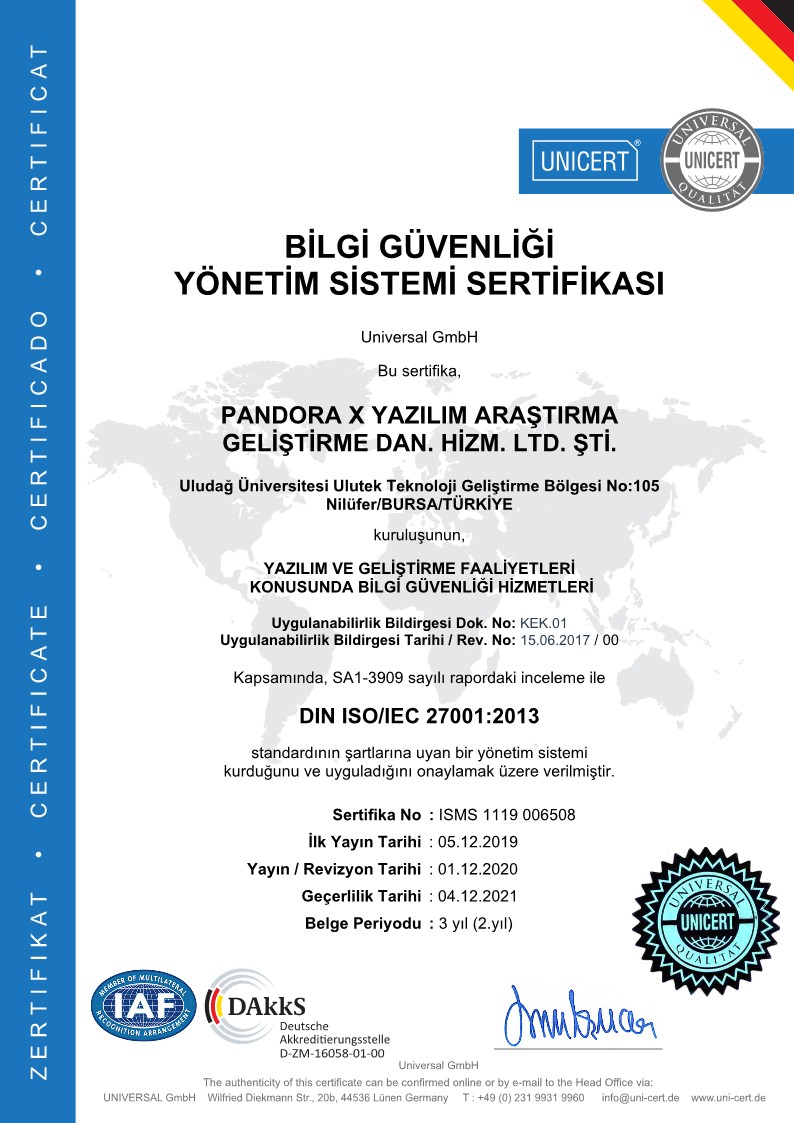How Wearable Tech Is Going to Change The Future of Healthcare
The past decade has seen a magnitude of technological advancements taking place in many industries including virtual currencies in the financial industry and autonomous cars in the motor industry. However, is a point to note that the medical industry remains relatively non-technological especially in terms of integrating wearable technology in patient care. Notwithstanding the medical industry is an industry in which it’s full modern technological scope will begin to flourish from the present time onwards.
Recent developments in telecommunications, microelectronics, sensor manufacturing and data analysis techniques have opened up new possibilities for using wearable technology in the medical health industry to achieve a range of health outcomes. Previously the size of sensors and front-end electronics made it too difficult to use them in wearable tech to gather physiological and movement data. Now, with micro circuits, microcontroller functions, front-end amplification and wireless data transmission, wearable sensors can now be deployed in digital health monitoring systems and at a low cost.
PREVENTION RATHER THAN CURE
One major 21st century trend in healthcare is intervention; the growing focus on prevention rather than cure. The growth in the sedentary “couch potato” lifestyle imposes a financially unsustainable burden on the global healthcare sector. The World Health Organisation (WHO) says that cardiovascular disease is today’s number one cause of death. Over 69% of people in the US alone are regarded overweight or obese and in the UK treatment for diabetes consumes 10% of the NHS budget.
The development of micro- sensors and sports supporting wearables are already being used by enthusiastic individuals to gather quantified data about their health. However these same wearable technologies can be used to monitor the physiological data of older people and individuals with chronic conditions and can ultimately facilitate timely clinical interventions. By combining physiological sensors with activity monitors and consumer-end electronic devices, early detection of symptoms and adverse changes in a patient’s health status can aid timely medical interventions, thus potentially and effectively reducing deaths.
DATA ACCUMULATION
Wearable technology will greatly impact data collation to a level and scale that has never been observed before possible. Innovations in machine learning and adaptive algorithms provide credible predictors for the risk of diseases. Healthcare organisations are always using data analytics in a variety of ways to improve patient outcomes, such as predicting post-surgical complications and determining the most effective treatment for future patients. However, data analytics is only as good as the data it analyses. Because data from wearables is transmitted directly to providers, it is often more accurate than patient-reported data, especially when it comes to lifestyle and behaviours.
Nonetheless doctor to patient relations are greatly disrupted as the highly accurate data being collected combined with the non-medically graded user-generated data becomes a vice than virtue for a doctor in order for them to include this within the overall treatment decision-making process.
REDUCTION IN HEALTHCARE COSTS
Collette Johnson, a medical electronics consultant strongly believes that the use of health related wearable devices has an enormous potential to help reduce costs for healthcare organisations such as the UK’s national healthcare providers, the NHS. At least 60 per cent of the average cost per patient can be saved through the use of healthcare wearables. Crucially the public is ready for health care wearables. In a world where sensors and wearables can be integrated into various accessories such as garments, hats, wrist bands, socks, shoes, eyeglasses and other devices such as wristwatches, headphones and smartphones there is a growing demand and intense desire among the younger generation for healthcare related wearables. The industry itself is set to be a $27 billion industry by the end of 2018 as per the analysis of Euromonitor.
The future of healthcare appears to be contained within a sphere of the world’s most tiny micro-sensors and wearables. In a time where global technology shrinks in order to expand, healthcare wearables will infiltrate every nook and cranny livelihoods leaving permanent and distinguished changes.




